Cases of Study
Energy Harvesting Inside High-Speed Railway Tunnels
A sustainable and Clean Energy source for tunnels Lighting
Researchers say that harvesting induced gust when a high-speed train passes through a tunnel can produce renewable energy sufficient for the lighting of the long tunnels networks. This energy alleviates the pressure of daily lighting power in railway tunnels [1].
A joint of research groups at the Central South University, Changsha, China. Delivered a numerical study using Computational Fluid Dynamics (CFD) on the benefits of installing simple wind turbines inside railway tunnels.
From a literature review [2,3], they do on this topic they found when an object like cars, trains…etc moves at high speed, the air around the vehicle is pulled due to the viscosity effect and form a current of air that can drive a wind turbine.
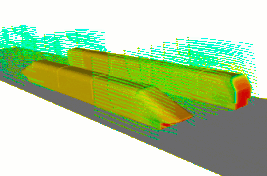
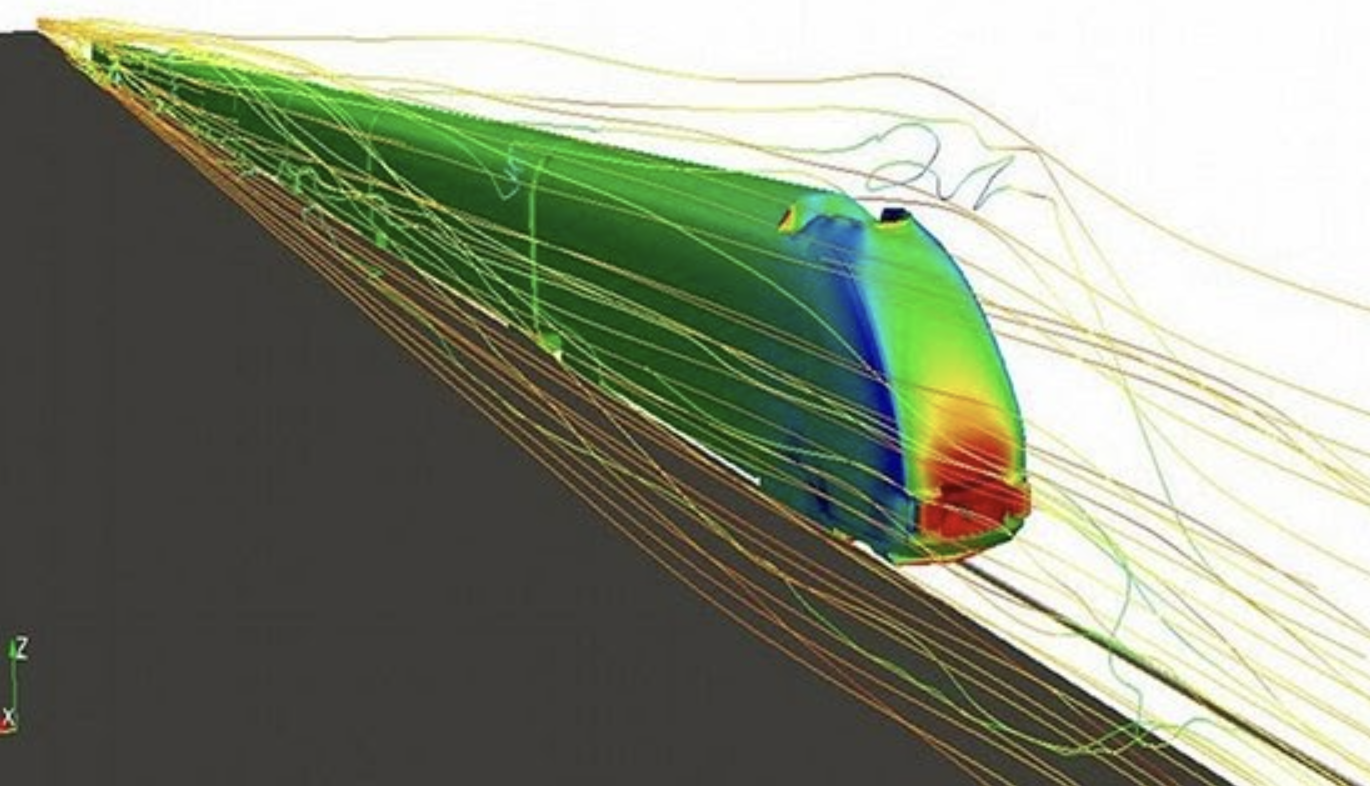
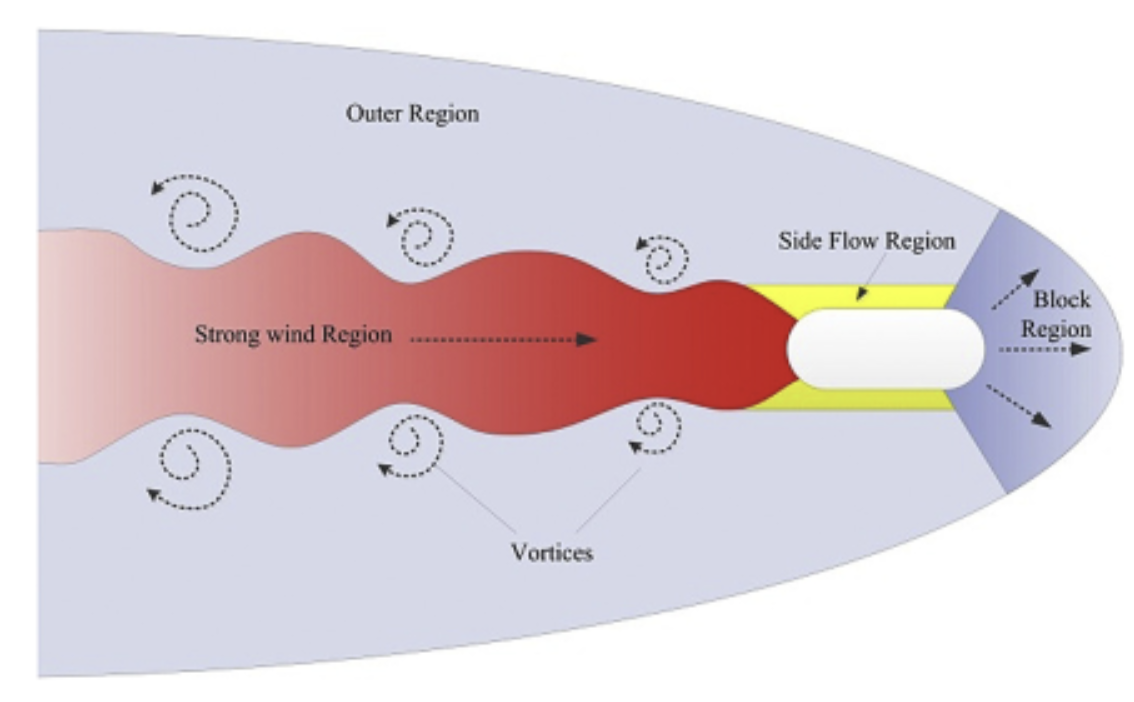
Air Streamlines around a train 3D model
Air streamlines around two trains traditional train and a streamlined bullet train. By Ansys. Inc.
Sketch of Flow around moving bus 3D model
As much faster and longer vehicles, trains are expected to generate a better amount of energy around it. Another phenomenon that enhances wind energy harvesting inside tunnels is the piston effect. This effect is raised up when objects move inside confined spaces like tunnels a strong longitudinal airflow is induced as a result of this effect thus increasing wind speeds and the time required for air to escape the tunnel.

Piston effect, Wikipedia
The research team in the aforementioned study placed a simple two helical blades with variable parameters turbine at 2.8 m away from the center of the train model and height of 1 m from the bottom surface of the turbine to the ground. The parameters of the turbine include the height of the rotor, overlap distance, offset distance, and twist angle.
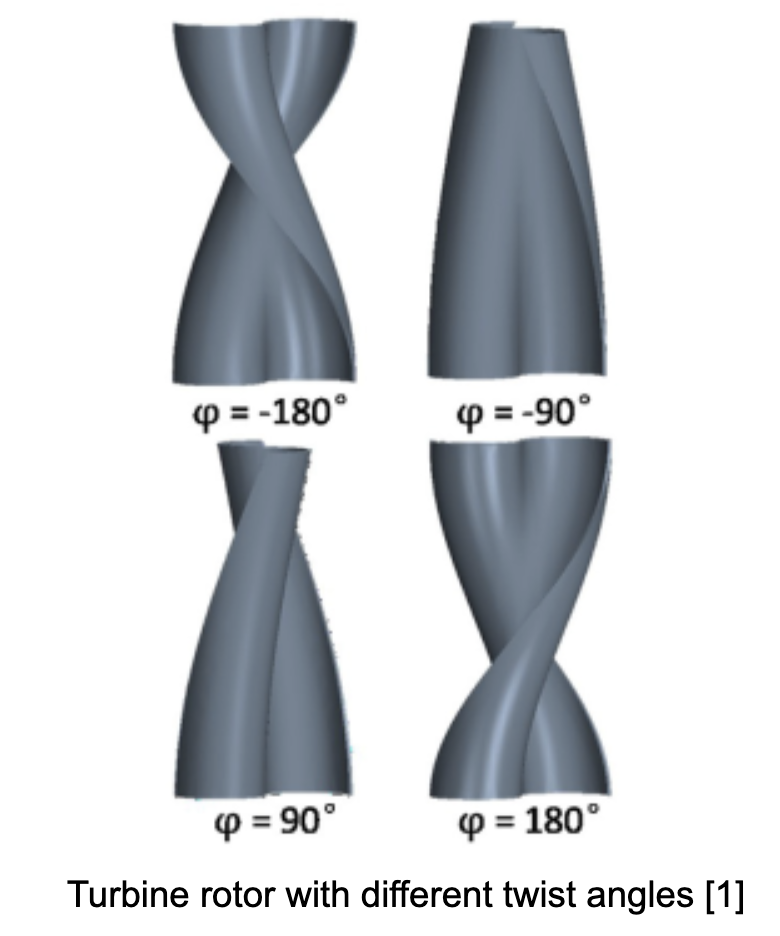
Experimental Verification:
An experimental setup was used to verify the numerical results from the CFD study. This setup is a moving model rig at the High-Speed Train Research Center, Central South University in China.
A scaled-down by 20 times train model was made from the Chinese CRH380A train, which was the same type used in the CFD simulation. A multi-level movable pulley accelerating mechanism is employed to accelerate the train model to high speed.
A total of 20 measuring points were arranged on the tunnel surface. Based on the location of the turbine in the CFD simulation, they examined the airflow change. A time-varying pressure coefficient was used to compare both numerical and experimental results at the point where the turbine was installed. “There was a good agreement between the simulation and experimental data, However, there are some slight differences at the pressure peaks. ” Researchers said.
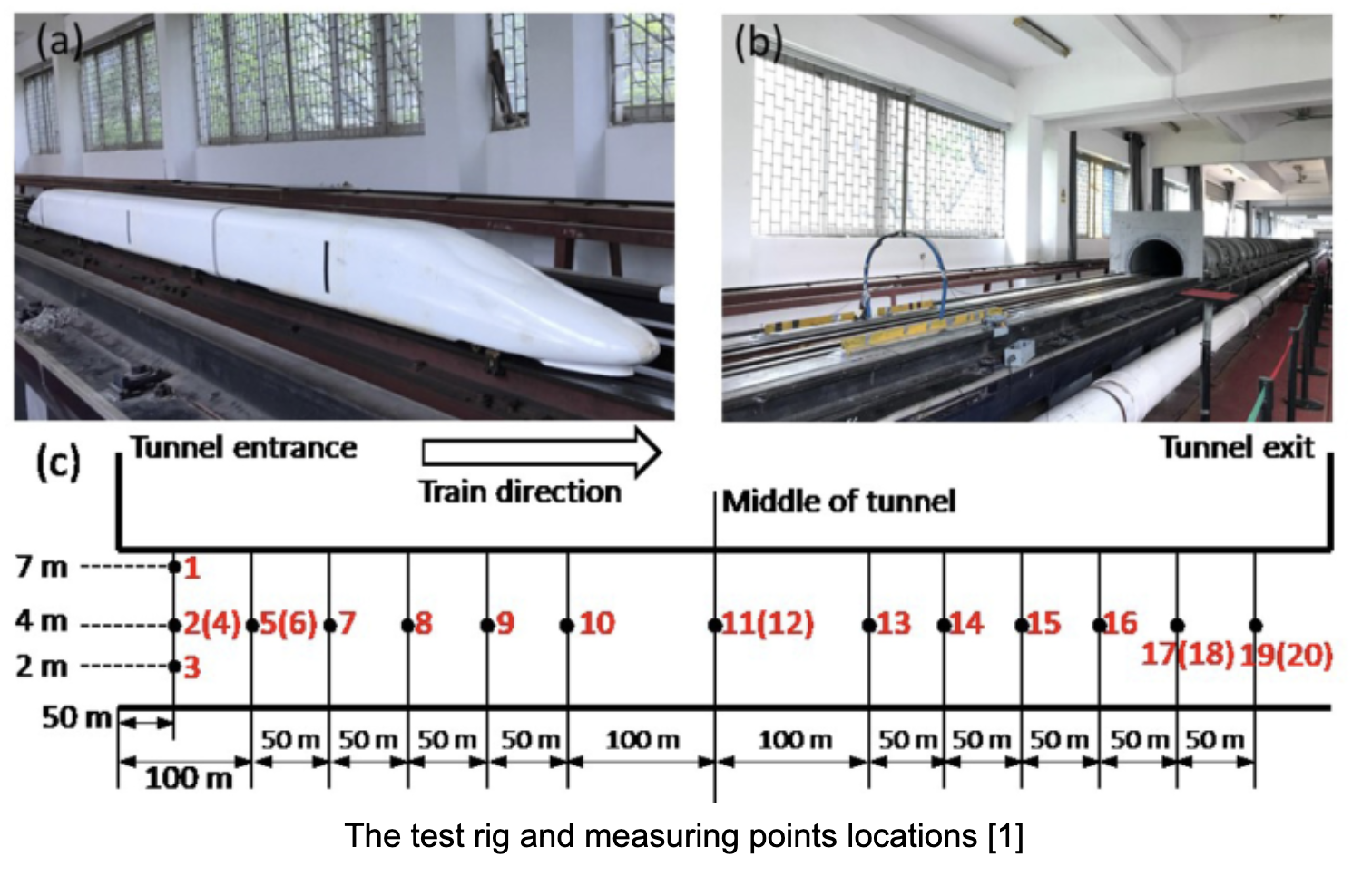
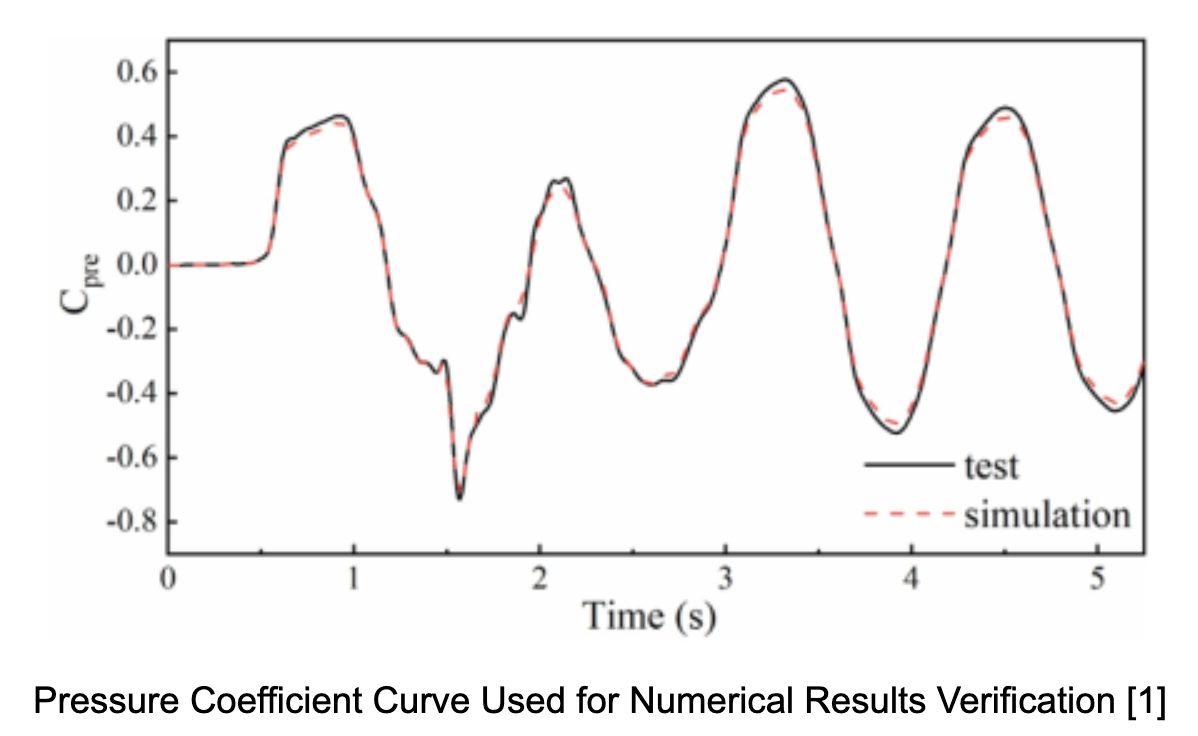
Power Gained from this Novel Energy Harvesting Approach:
Optimal wind turbine generated up to 157.9 W of power when the train speed is 350 km/h (97.22 m/s). Considering this power value for an intensive tunnel distribution of the Chinese railway networks that extend to 18041 km by the end of 2019 corresponding to statistical data.
The total estimated power of 4800 GJ of energy will be recovered each day. This amount of energy covers the energy needed for lighting these tunnels network.
References:
[1] Guo, Zijian & Liu, Tanghong & Xu, Kai & Wang, Junyan & Li, Wenhui & Chen, Zhengwei. (2020). Parametric analysis and optimization of a simple wind turbine in high speed railway tunnels. Renewable Energy. https://doi.org/10.1016/j.renene.2020.07.099
[2] W. Tian, Z. Mao, X. An, B. Zhang, H. Wen, Numerical study of energy recovery from the wakes of moving vehicles on highways by using a vertical axis wind turbine, Energy 141 (2017) 715-728, https://doi.org/10.1016/j.energy.2017.07.172
[3] W. Tian, B. Song, Z. Mao, Numerical investigation of wind turbines and turbine arrays on highways, Renew. Energy 147 (2020) 384-398, https://doi.org/10.1016/j.renene.2019.08.123
[4] https://www.cfse.ch/html/cfse/site/train-aerodynamics.php
